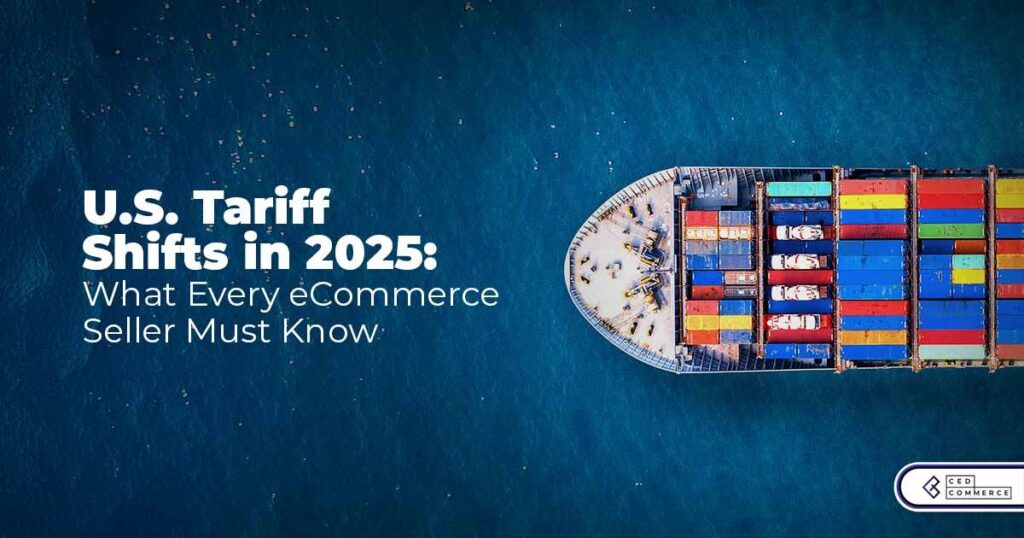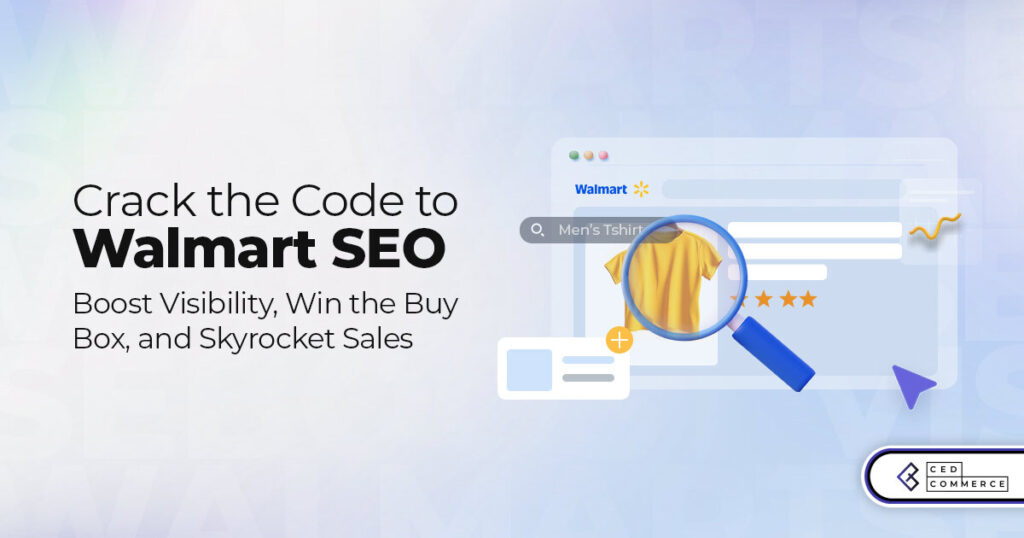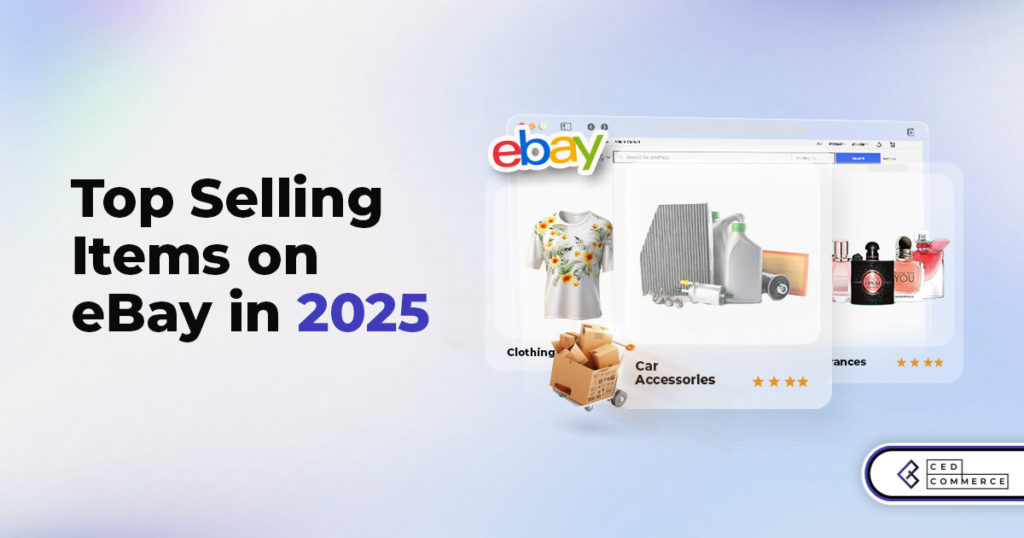Walmart Embraces Amazon MCF: A New Era of Cross-Platform Fulfillment for eCommerce
Walmart Embraces Amazon MCF: A New Era of Cross-Platform Fulfillment for eCommerce
Running a successful eBay store is an electrifying journey. Yet, in the dynamic realm of eCommerce, there’s a hidden peril every seller must vigilantly guard against: the menace of eBay buyer scams.
We’ve crafted this guide as a beacon of knowledge to illuminate the path for eBay sellers. It’s a treasure trove of vital insights designed to shield your hard-won reputation. We will navigate through the nuances of eBay’s seller protection policy and offer wisdom on confronting and reporting dubious buyers.
Embrace this guide as your definitive compass to triumph on eBay. By mastering these lessons, you’ll skillfully dodge hazards and amplify your gains from your eBay ventures.
Embarking on the eBay selling journey offers a world of opportunity. However, amid this adventure, you might cross paths with buyers who are less treasure hunters and more cunning tricksters.
In this guide, we’ll cast a spotlight on the most prevalent eBay buyer scams – clever ruses that masquerade as legitimate transactions. We’re here to arm you with savvy tactics and robust strategies, ensuring you’re well-equipped to sidestep these snares and safeguard your interests.
Consider this your armor in the bustling marketplace of eBay, where being forewarned is being forearmed against the wiles of deceptive buyers.
In this deceitful ploy, a buyer falsely cries foul, claiming an item arrived damaged or missing parts. The savvy seller’s shield? Meticulously document the item’s pristine condition before dispatch, capturing its state in crystal-clear photographs and videos. This visual proof is your ace in the hole when disputing the buyer’s tall tale with eBay customer service.
Here, a buyer plays the generous benefactor, offering to pay above the asking price, ostensibly for extra costs like shipping or insurance. But beware, this is a mirage—the overpayment is a phantom, and the real trick is to swindle you into refunding the non-existent ‘extra’. Your defense? Verify the payment’s authenticity rigorously and engage with eBay customer service for a guiding hand, withholding any refunds or shipping until the payment’s legitimacy is beyond doubt.
In this scenario, a buyer feigns shock, claiming an empty box arrived, despite your diligence in sending the item. Your armor against this ruse? Keep an ironclad log of the shipping journey—courier details, tracking numbers, and the package’s weight. This trove of evidence is your counterstrike to challenge the buyer’s baseless claim.
In this twist, a buyer, after initially expressing satisfaction, pulls an about-face, lodging a chargeback with their payment provider, falsely alleging issues like non-delivery. Your safeguard? Archive every whisper of communication with the buyer, especially their initial nod of receipt and contentment. This paper trail is your bulwark to repel the chargeback onslaught.
In each of these deceptions, your mantra should be: document diligently, navigate payment pathways with caution, and hone your instincts to detect these frauds. And at the first whiff of trouble, turn to eBay customer services – your vigilant allies in this marketplace against eBay buyer scams.
When you’re selling on eBay, it’s important to know that there are some really helpful rules in place to protect you as a seller. Here’s a quick rundown of what eBay does to keep things fair and safe for you.
First, let’s understand what eBay’s Seller Protection Policy is. The policy serves as a safety net for sellers. It’s meant for buyers who claim to have bought some goods but want to scam you in one way or another.
For example, if a buyer claims that they received a broken item and it’s a false claim, the policy will come in handy. Make sure you’re covered by this policy by being honest in item descriptions (eBay) and shipping on time.
Now, about fraudulent buyers who resort to Feedback Extortion. It involves a buyer who threatens you and says they will send bad feedback, until a refund or even an additional product is obtained. This is not acceptable gameplay, eBay does not support it.
Just do not be alarmed if you find yourself in this position. Simply report the buyers to eBay and they will fix everything. Feedback that is not fair usually means lower ratings for you as an eBay seller. eBay, through its policies, makes sure to protect your reputation from negative reviews by removing it.
There’s also the issue of eBay Buyer Non Payment. This is when a buyer is not paying after they agree to buy an item. It can be annoying when this happens. eBay has your back in these situations.
They let you report these situations, and eBay helps by getting back the fee you paid for the sale and letting you relist the item for free. However, sometimes just sending a reminder to the buyer works, but if it doesn’t, eBay’s policies are there to support you.
Talking about eBay’s payment timeframe, here are a few things you need to know. When you sell something on eBay, your buyer has 4 days to make your payment. This applies whether the buyer has won an item in an auction, agreed to a seller’s offer, or simply used the ‘Buy It Now’ option. Here are a few things to consider,
Scam avoidance in eBay is dependent on carefulness and wise behavior. A sharp sense of vision and attention to detail must be present in a seller. For example, it includes investigating buyer profiles and avoiding suspicious or odd requests that would not be usual for such buyers.
In theory, an image is said to be worth a thousand words. Thus, for someone selling on eBay, their image may well be worth much more. A thorough description supported by good-quality images can greatly eradicate the occurrence of misperceptions and false expectations.
The descriptions should indicate information on the physical aspect of the product, its measurements in size, as well as any other remarkable characteristics. For example, photographic records particularly with regard to high-value goods become irrefutable proof that an item is in good shape when it leaves a warehouse.
Visual documentation can also make an important contribution when it comes to disputes, helping you win the case.
When selling on eBay, encountering a problematic buyer can be a real headache. But don’t worry, eBay lets you block those buyers and even has a straightforward process to report eBay buyers who violate policies. Here’s a step-by-step guide to help you handle these situations effectively.
A bad apple is often hard to spot when dealing with buyers on eBay. However, eBay makes it easy for you to report a buyer breaking rules! This is how to deal with such situations efficiently.
Ensure that the buyer violated eBay’s policies before you report them. The most common reasons why a person should report another include,
In order to report a buyer, there is a feature known as ‘Report a buyer’ which is available on eBay’s website. You can see this either through your ‘Sold Items’ list or directly. To do this, go to your sold items list and click the drop down menu beside the item that you would like to leave feedback with in order to report the buyer.
One must also take care in making reports to be factual and thorough as far as the incident goes. eBay considers such reports hence, anyone posting a false one must be ready to bear some cost. Specifically indicate why the buyer breached eBay’s policy indicating any form of communication or transaction data required.
Later on, eBay will evaluate your report and may seek to gather more information about the report. To avoid delay, immediately react to any questions from eBay.
The general rule to avoid any scams in life as well as on online platforms is to be vigilant. Therefore, always look out for anything odd and take full advantage of eBay’s seller protection. It is like an umbrella when managing your sales.
Online scams are constantly evolving; therefore, you need to be aware of the new tricks that scammers could use. Keep updated, and remain vigilant, and your eBay experience will be as smooth as possible. Here’s to safe trading, and happy selling!

Walmart Embraces Amazon MCF: A New Era of Cross-Platform Fulfillment for eCommerce

Order Management Redefined: A Centralized Solution for Amazon Sellers

Maximizing TikTok Shop’s Regional Compatibility for US, UK, and EU Markets

Understanding U.S. Tariffs in 2025: What Sellers Need to Know and Do

Walmart’s Search Algorithm Decoded: How to Rank Higher & Sell More

TikTok Gets a 75-Day Reprieve in the USA as Trump Signals Hope for a Deal

TikTok Shop Introduces Category-Based Benchmarks for Product Listings – What Sellers Need to Know

Amazon FBA vs. FBM: Which Fulfillment Method Is Right for You?

Amazon Launches Another AI Tool for Sellers: AI Generated Product Enrichment

Top 10 Selling Items on eBay in 2025

Amazon launches AI Powered ‘Interests’ Feature to Improve Shopping Experience

Is TikTok Staying in the US? The State of TikTok Ban

Best Buy coming back to the US, Marketplace Relaunch and New Opportunities in Store!

Miravia PrestaShop Connector: Built for Smart Sellers

Walmart Launches “Wally”, AI Assistant For Merchants

TikTok Shop to Start Business in Germany, France, and Italy

TikTok Shop Surges as Americans Spend $700 Annually, Defying Regulatory Pressures

Amazon’s Longest Prime Day Ever: What You Need to Know

eCommerce Growth in the Netherlands: A 5% Surge in 2024 with Bright Prospects Ahead

CedCommerce Launches Shopee & Lazada Integration for WooCommerce on WordPress.com